Solar Maintenance Pros' Solar FAQs
Our FAQ articles are based on the questions we receive from our actual customers. Our answers are based on the most up-to-date research and knowledge from our in-house team of consultants.
QWhat Happens to My Solar If I Move?
Many companies will claim that they can help relocate your solar if and when you decide to move. System removal and re-installation should be possible with most companies as long as you are moving within service range. What these companies fail to mention is that there are labor fees associated with the work involved. If you’ve already compared the costs and want to move forward with the process, you may want to consider a few things.
Just as your sales consultant did with your original project, you’ll want to perform a thorough site inspection of your new property. Is there good sun exposure? What shape is the roof in? How much roof space is there? In most cases, you’ll find adjustments will have to be made to accommodate to your new home. The company that provided you with your system can work with you to downsize, upgrade, or just shift panels around. This is an important step to maximize output and ensure you produce what you need to offset your usage each month.
QAre there Benefits of a EV + Solar Combo?
One of the best things about having the solar and electric car duo is taking advantage of the rate schedule. PG&E currently offers two electric vehicle rate plans for residential customers. “EV-A combines your vehicle’s electricity costs with those of your residence. EV-B involves the installation of another meter, which separates your vehicle’s electricity costs from those of your home”(pge.com). These EV rate schedules are available to all residents with electric cars, with or without solar. However, solar customers will notice that not only have they built their system to offset their current usage, but that they will now likely be paying much less per kilowatt than before the switch. Consumers have been known to save anywhere from 30-50% of their monthly cost in energy when switching and it has a minimal effect on your daily usage patterns. This is due to a lower rate charged per tier, and a small change in peak/off-peak hours.
QHow Does Net Metering Work?
Your electric meter is “bidirectional”. Your electric meter runs backward as it measures the energy you produce from your solar system, crediting you for production. But, it also will run forward each time you need to pull electricity from the grid. PG&E will take your “net” energy difference and it will be reflected on your monthly utility bill. You will be credited the same value per watt for energy produced as you’re being charged when you consume.
Solar Care & Service
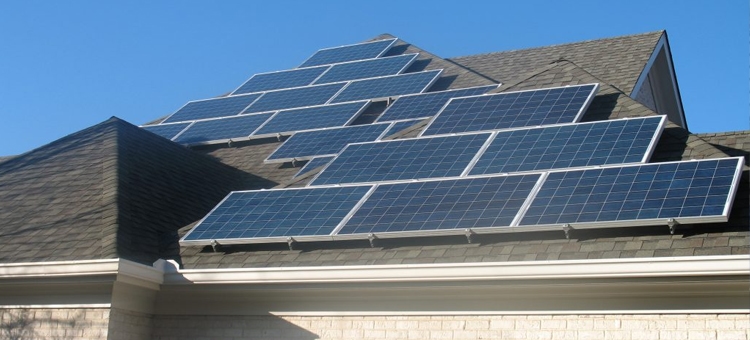
How Does NEM Work?
People often approach us with the question, “I work during the day, and I’m at home at night. What happens to the energy…
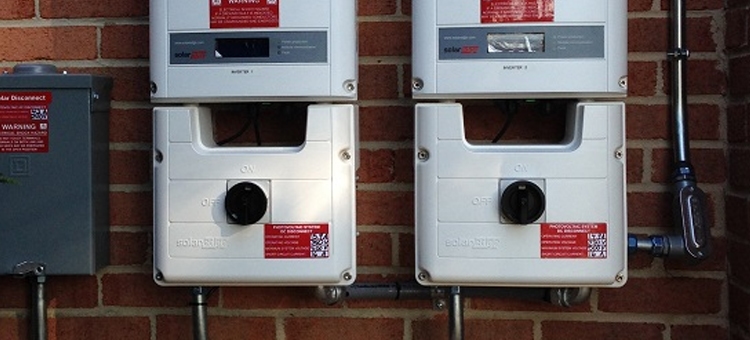
How Often Should I Check My Inverter?
If you fail to check your inverter regularly, it can have a negative impact on your solar investment…

How Do I Read My True-up Bill?
Net Energy Metering (NEM) is an important component in the rise of solar system installations…
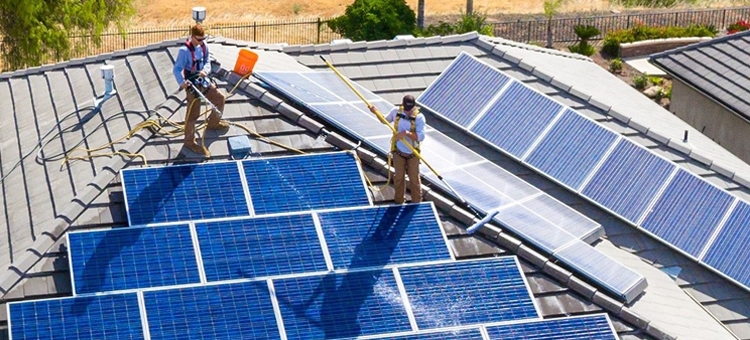
How Often Should I Clean My Solar Panels?
People often forget that their solar panels will eventually need maintenance…
Buying Factors & Research
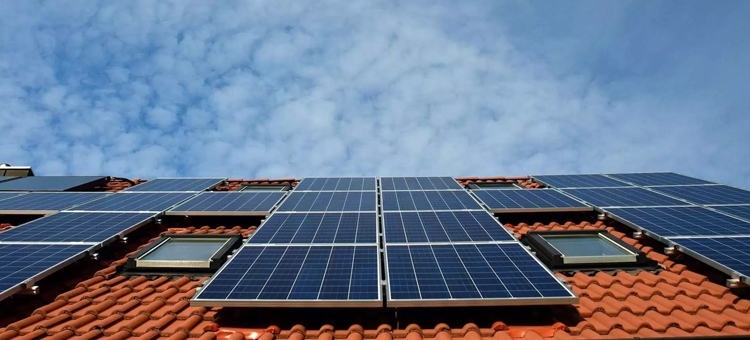
What Solar Panels Do I Buy?
How does the 100 Night Trail Work and When. How does the 100 Night Trail Work and When.
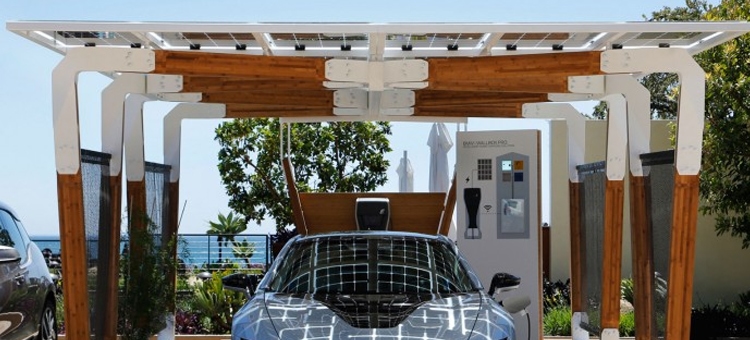
Where Can I Put My Solar?
How does the 100 Night Trail Work and When. How does the 100 Night Trail Work and When.
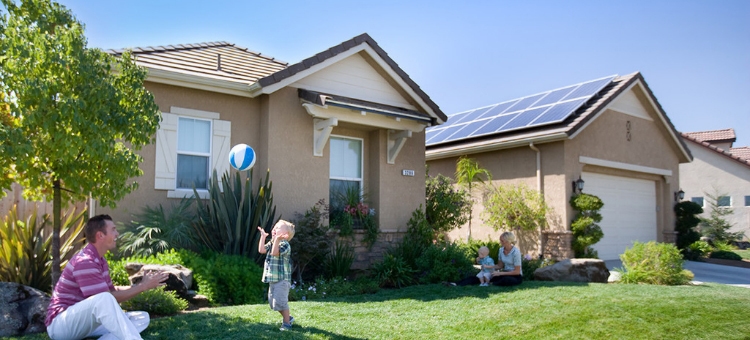
How Much Does Solar Cost?
How does the 100 Night Trail Work and When. How does the 100 Night Trail Work and When.

Should I Go Solar if I Plan on Relocating?
How does the 100 Night Trail Work and When. How does the 100 Night Trail Work and When.
